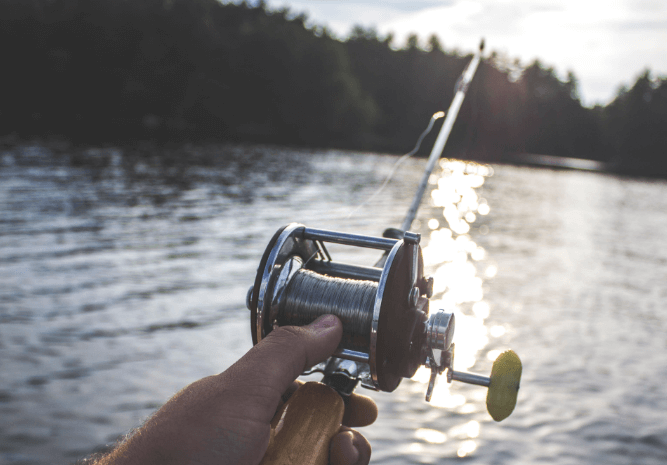Near underwater vegetation always has a good concentration of oxygen, so fish like to hang around them. But not all vegetation likes them. So, for example, cattail fish categorically do not like, and therefore do not fish in such areas. Middle elodea likes to swim all sorts of small fish, which is closely watched by the perch. Lily pads are good hiding places for predators, such as large perch and small pike, waiting for passing by redfish, roach and crucian carp. Reeds and reeds are versatile plants for fish, for both peaceful and predatory fish can be caught here. Fishing in the area of these plants is considered a real classic among fishermen: if you do not know where the fish is hidden, go to the reeds and reeds, then you will not be left without a catch. Peaceful fish are most often here in spring and summer, but predators can be found here right up to the ice age. Predatory fish at first actively hunt small fish, and then, when they stop feeding here, they just wait for passing victims in ambush.
IMPORTANT: The predator does not swim through all the thickets, but prefers to stay close to the border of vegetation and clear water. In these places and it is worth throwing the rod.
Many fishermen rightly consider the window in such thickets one of the most successful places for fishing.
As for some species of predatory fish, such as pikeperch, grayling and chub, they are not friends with plants from the word quite. They habitually settle down among stones and snags, and may choose the bare bottom. Vegetation determines the depth of the reservoir: sedge and hornwort – depth of about a meter, lily pad – up to 2.5 meters, reed reed – up to 3 meters, rdest – up to 5 meters.



